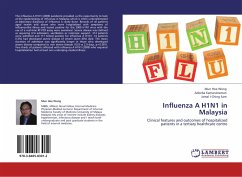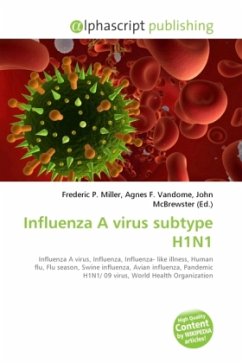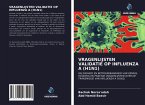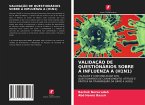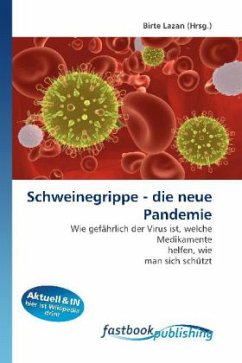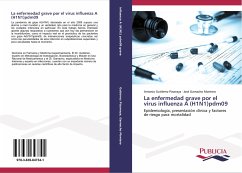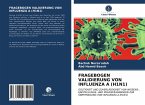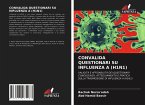The influenza A H1N1 (2009) pandemic provided us the opportunity to look at the epidemiology of influenza in Malaysia which is often underestimated as laboratory diagnosis of influenza is rarely done. Records of all patients aged twelve and above who were hospitalized with symptoms of influenza-like illness and tested positive for the 2009 H1N1 virus with the use of a real-time RT-PCR assay were examined. Severe disease was defined as requiring ICU admission, ventilation or inotropic support. 214 patients were admitted and 117 tested positive for influenza A H1N1. 14 patients (12%) had developed severe disease of whom seven (6%) died. The mean duration of admission was significantly longer in those who developed severe disease compared to non severe disease (10.9 vs 2.9 days, p0.001). Two thirds of patients affected with influenza A H1N1 (2009) who required hospitalization had at least one underlying medical illness.
Bitte wählen Sie Ihr Anliegen aus.
Rechnungen
Retourenschein anfordern
Bestellstatus
Storno

